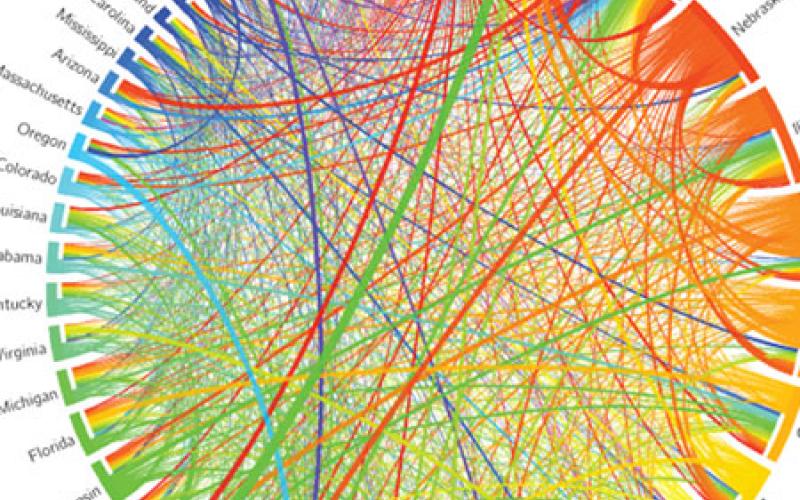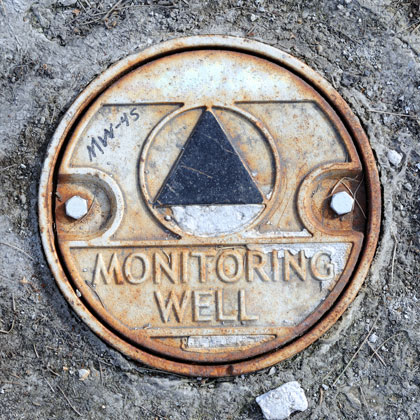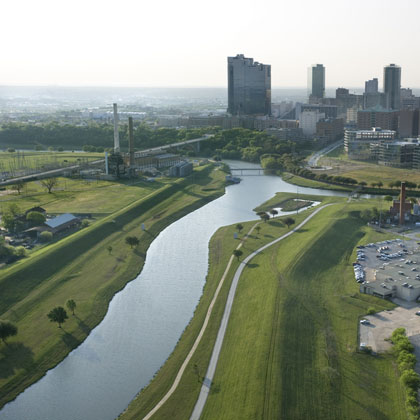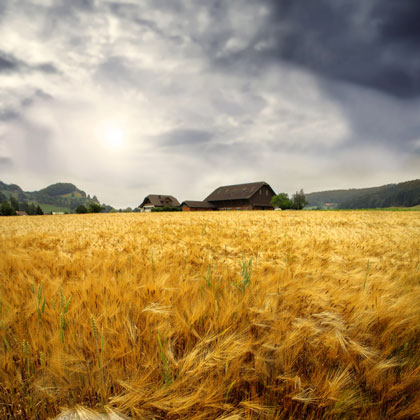Virtual water flows and trade: The complex relationship between agriculture and water

Virtual water flows and trade: The complex relationship between agriculture and water
What can a snapshot of virtual water flows tell us about the agricultural sector? Where is it vulnerable? How does it compare to global virtual water trade?
Original Paper:
Dang, Q., Lin, X., and M Konar. 2015. "Agricultural virtual water flows within the United States." Water Resources Research, 51, 973-986. DOI: http://dx.doi.org/10.1002/2014WR015919
Agriculture is the overwhelming leader in water use across the globe. Around 70 percent of total freshwater withdrawals are used to irrigate crops, while rain-fed agriculture is the single largest user of water. When we ship crops around the world, vast amounts of "virtual water" follow. Examining this virtual flow can shed light on inefficiencies or inequities, pinpoint important or vulnerable nodes from a water perspective, and inform future water resource management.




